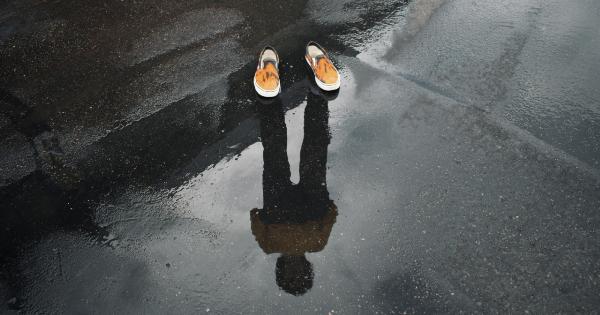Have you ever experienced the discomfort of having cold legs, even when the rest of your body is warm? It’s a common problem that many people face, and it can be both frustrating and uncomfortable.
However, the secret to solving this puzzle lies in understanding the concept of heat generation from the heart. In this article, we will explore the fascinating connection between your heart and your cold legs, and discuss various ways to keep your lower limbs warm and cozy.
Understanding Heat Generation
The human body is a complex organism that constantly generates and loses heat. Our bodies produce heat as a byproduct of various metabolic processes to maintain a healthy internal temperature. The primary heat-generating organ in our bodies is the heart.
Heat Transfer and the Circulatory System
The circulatory system plays a crucial role in distributing heat throughout the body. As blood is pumped by the heart, it carries heat from the core to the extremities.
This transfer of heat helps to regulate the temperature in various parts of the body, including our legs.
The Role of Blood Vessels
In the case of cold legs, the issue often lies with the blood vessels in the extremities. When exposed to cold temperatures, our bodies naturally prioritize vital organs like the heart, lungs, and brain.
As a result, the blood vessels in our legs constrict, reducing blood flow and limiting the amount of heat reaching the lower limbs.
Factors Affecting Blood Circulation
Several factors can contribute to poor blood circulation in the legs, leading to coldness. These factors include:.
- Lack of physical activity
- Sedentary lifestyle
- Smoking
- Peripheral artery disease
- Diabetes
- Raynaud’s disease
- Peripheral neuropathy
- Exposure to cold temperatures
Ways to Keep Your Legs Warm
Fortunately, there are various measures you can take to keep your legs warm and improve blood circulation:.
1. Stay Active
Engaging in regular physical activity helps promote blood flow and keeps your entire body warm, including your legs. Incorporate exercises like walking, jogging, cycling, or swimming into your daily routine.
2. Dress Appropriately
Wearing appropriate clothing is essential for maintaining warmth. Choose thermal or woolen socks to keep your feet warm, and wear insulated pants or leggings to protect your legs from the cold.
Layer your clothing to trap heat and create an insulating barrier.
3. Use Heating Techniques
Employing heating techniques can provide instant warmth to your legs. You can use a heating pad, warm water soak, or a hot water bottle to provide immediate relief and enhance blood circulation.
4. Avoid Smoking and Limit Caffeine
Smoking and excessive caffeine consumption can constrict blood vessels, impairing circulation. Quit smoking and limit your caffeine intake to improve blood flow, including to your legs.
5. Maintain a Healthy Weight
Being overweight or obese puts strain on the circulatory system, making it difficult for blood to flow freely to the extremities. Maintaining a healthy weight can help optimize blood circulation and prevent cold legs.
6. Massage and Elevate Your Legs
Gentle leg massages promote blood flow and alleviate coldness. Elevating your legs above heart level for short periods throughout the day can also aid in reducing leg discomfort caused by poor circulation.
7. Keep Your Feet Warm
Maintaining warmth in your feet can significantly contribute to overall leg comfort. Use insulated slippers or warm socks, and avoid exposing your feet to cold surfaces or drafts.
8. Stay Hydrated
Hydration plays a crucial role in maintaining optimal blood flow. Drink an adequate amount of water throughout the day to keep your circulatory system functioning efficiently.
9. Consider Compression Therapy
Compression socks or stockings can help improve blood flow and prevent blood pooling in the legs. These specialized garments provide graduated compression, supporting the veins and facilitating circulation.
10. Consult a Healthcare Professional
If you frequently experience cold legs or suspect an underlying medical condition, it’s important to consult a healthcare professional.
They can evaluate your symptoms, conduct any necessary tests, and provide personalized advice and treatment options.
The Connection between the Heart and Cold Legs
Understanding the connection between our hearts and cold legs is crucial for addressing this issue effectively.
By prioritizing overall cardiovascular health, maintaining proper blood circulation, and implementing lifestyle changes, we can keep our legs comfortably warm even in the coldest of temperatures.































